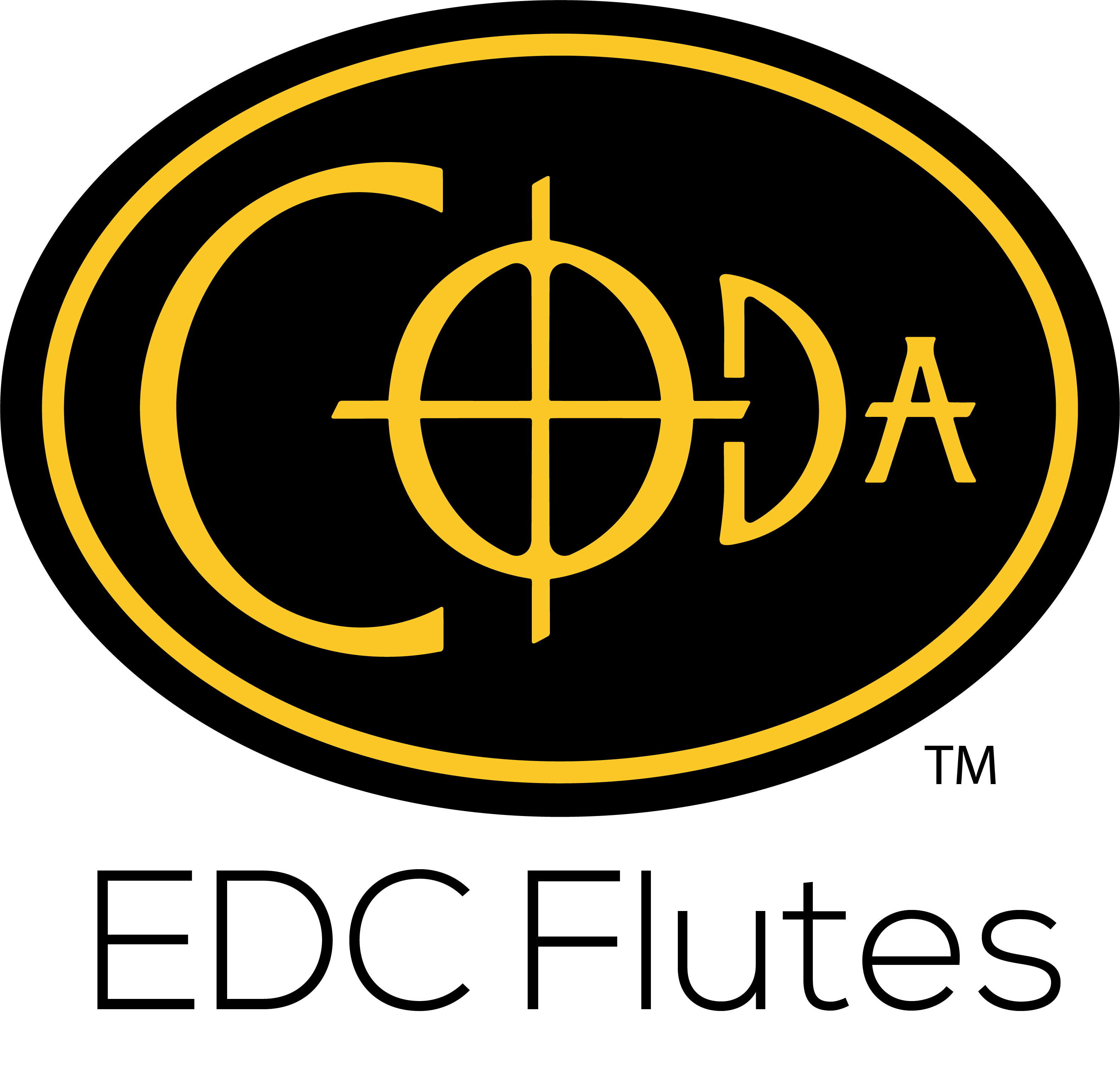Introduction
Processes & Procedures
Index
Drilling a Tuning Hole
Intro: Proper Setup
Video: LC 2
Take some time before starting each task to think about a good workflow. First of all, you want excellent lighting. Never work without excellent lighting. Secondly, work at a proper height so that it is comfortable to do certain tasks for long periods of time.
Process
Video: LC 3
This video shows you how to properly drill a large chamber tuning hole on the bottom of Coda. Important: If the hole ends up being bigger than it should be, set that part aside. (A bigger hole affects the tuning of the instrument.)
Note:
This info is from “Video: LC1”. This video doesn’t need to be shown, as it is not showing how to actually do the process, with just text we could display this information more efficiently (the worker could save more time reading than watching the whole video).
Sanding Before Weld #2
Intro: Sanding the Parts
Video: …420
This video shows you why it is important to sand the inner surface of Coda. In short, we need a rougher surface to get more friction, and this friction allows the parts to weld better.
Tips for Sanding the Parts
Video: …568
As always, with any operation, we want to take some time before we start to make sure we have a logical flow of work something that’s comfortable. If you prefer it, you can wear gloves to prevent injuries from sanding.
Video: …925
Here you can find some general tips & tricks about sanding on the granite surface plates. Always make sure to curl the sandpaper the right way so that it doesn’t scratch or sand the edges of the instrument. Also, take care of the sandpaper by cleaning it from time to time.
Process
Video: …381
About the “Deburring Pad”
Video: …842
This pad is used to get rid of the little plastic remains that might be sticking out after the sanding process. Remember to keep the pad wet, and do this process rather briefly to not remove the rough surface that was previously created.
Scraping Windows & Deburring Thumbhole
Intro: Removing Flash
Video: …531
Here we’re gonna talk about how to remove flash from the large window and the small window. In molding sometimes you can have a little bit of plastic leak out where it shouldn’t, and you end up with a feathery little plastic “web” residue. We don’t want that on the labium edge.
The other thing we’re gonna do is to use a deburring tool to make the left thumb hole not so sharp. It makes the tone hole play in tune better, and also is more comfortable for your thumb if that’s not a sharp edge.
Setup
Video: …382
This video talks about the proper setup and the tools that will be used.
About the Deburring Tool
Video: …712
Process
Video: …145
Final Steps
Video: …703
There is a chance that little pieces of plastic around the “small window” melt when the parts are ultrasonically welded. With proper technique and the right tools, this problem can be solved. This defect could disappear with future improvements in the production process.
Always remember to be extra careful when handling the Exacto knife.

